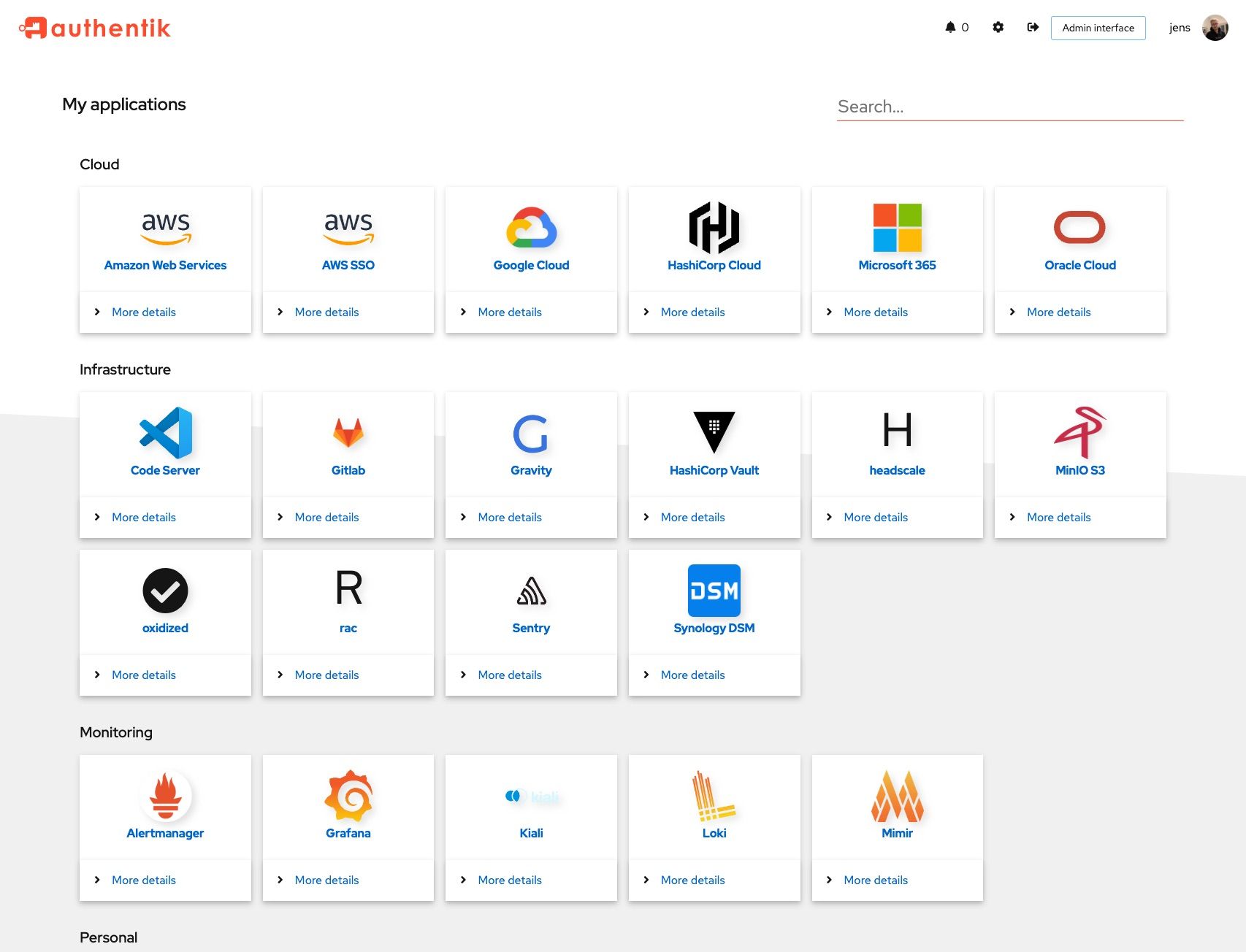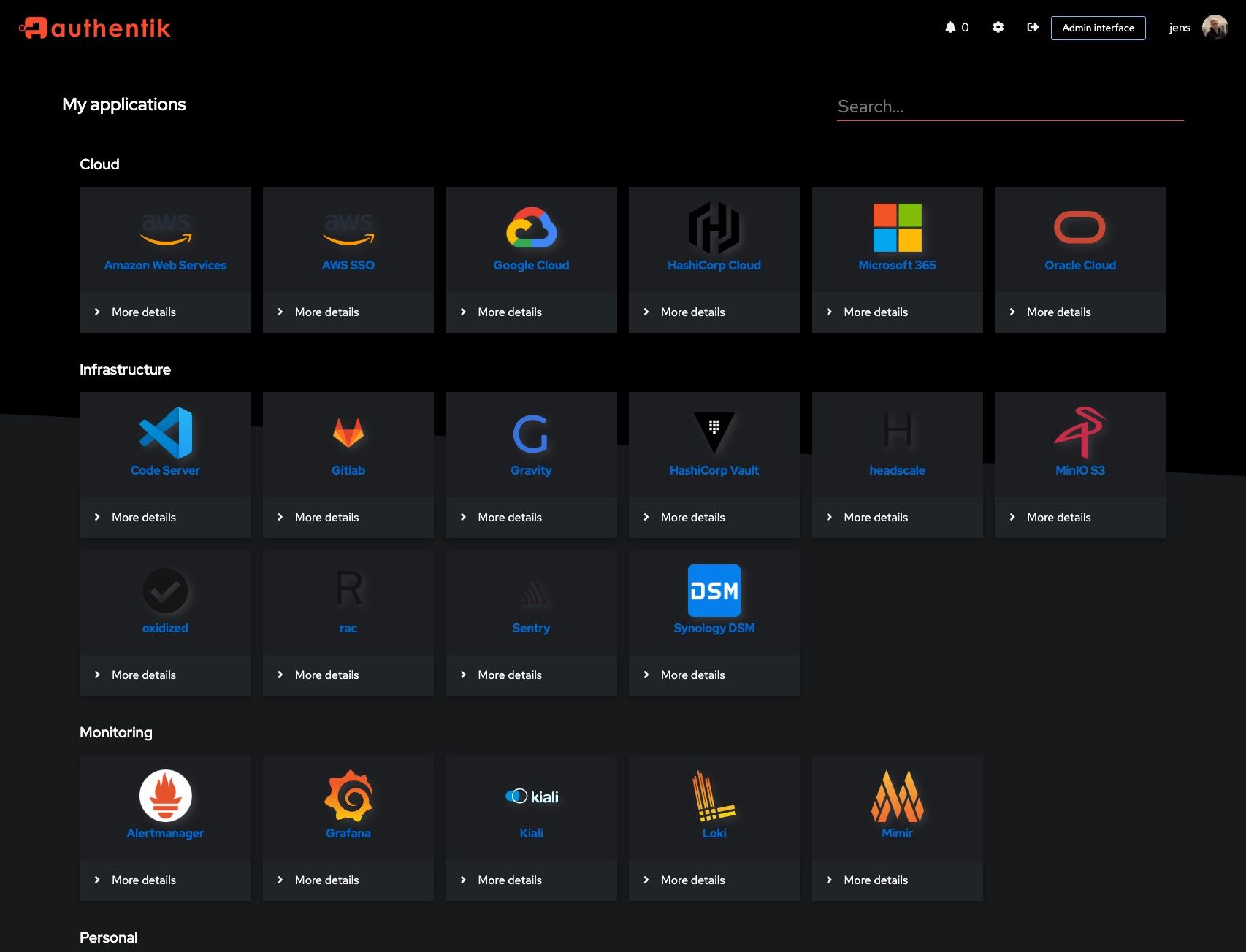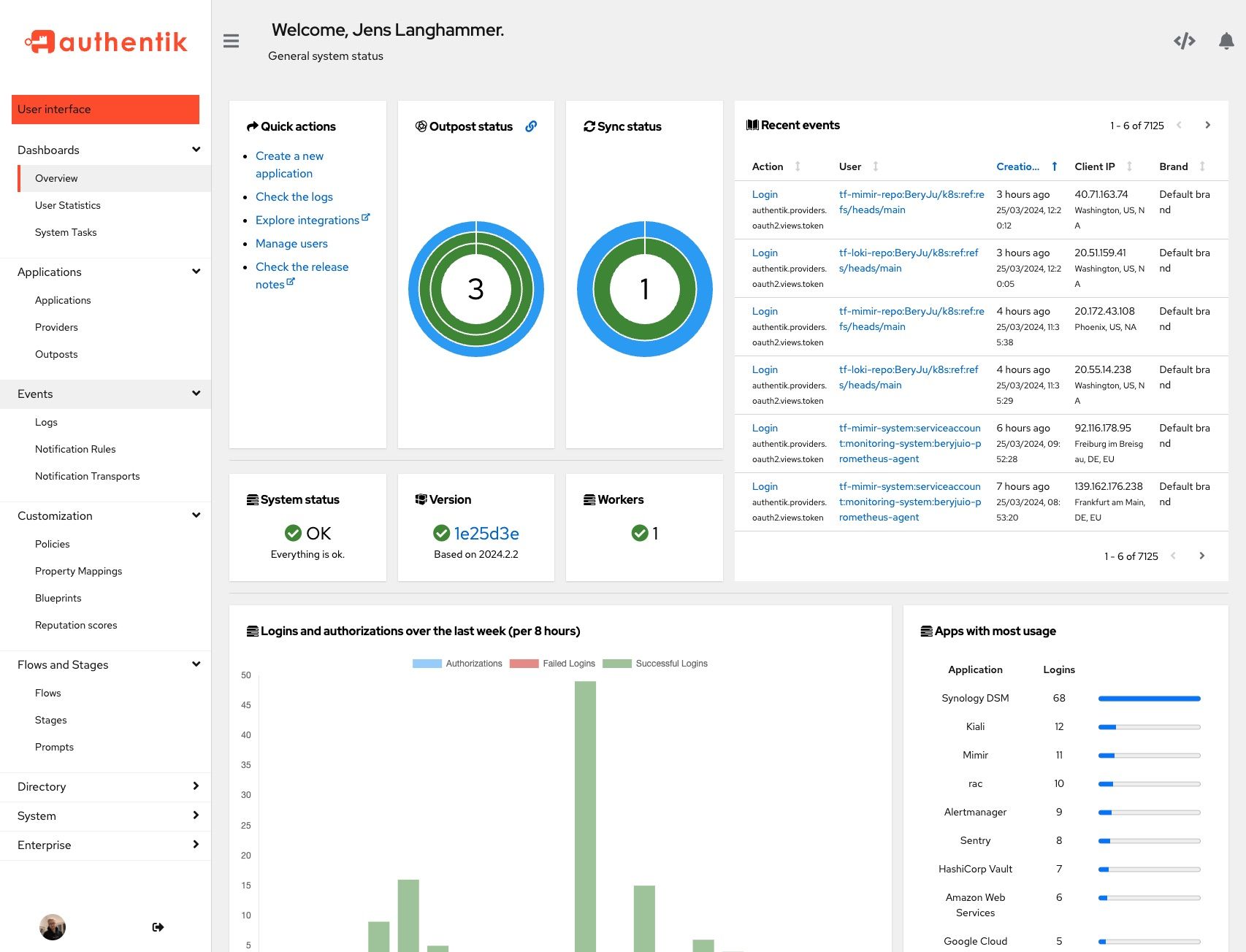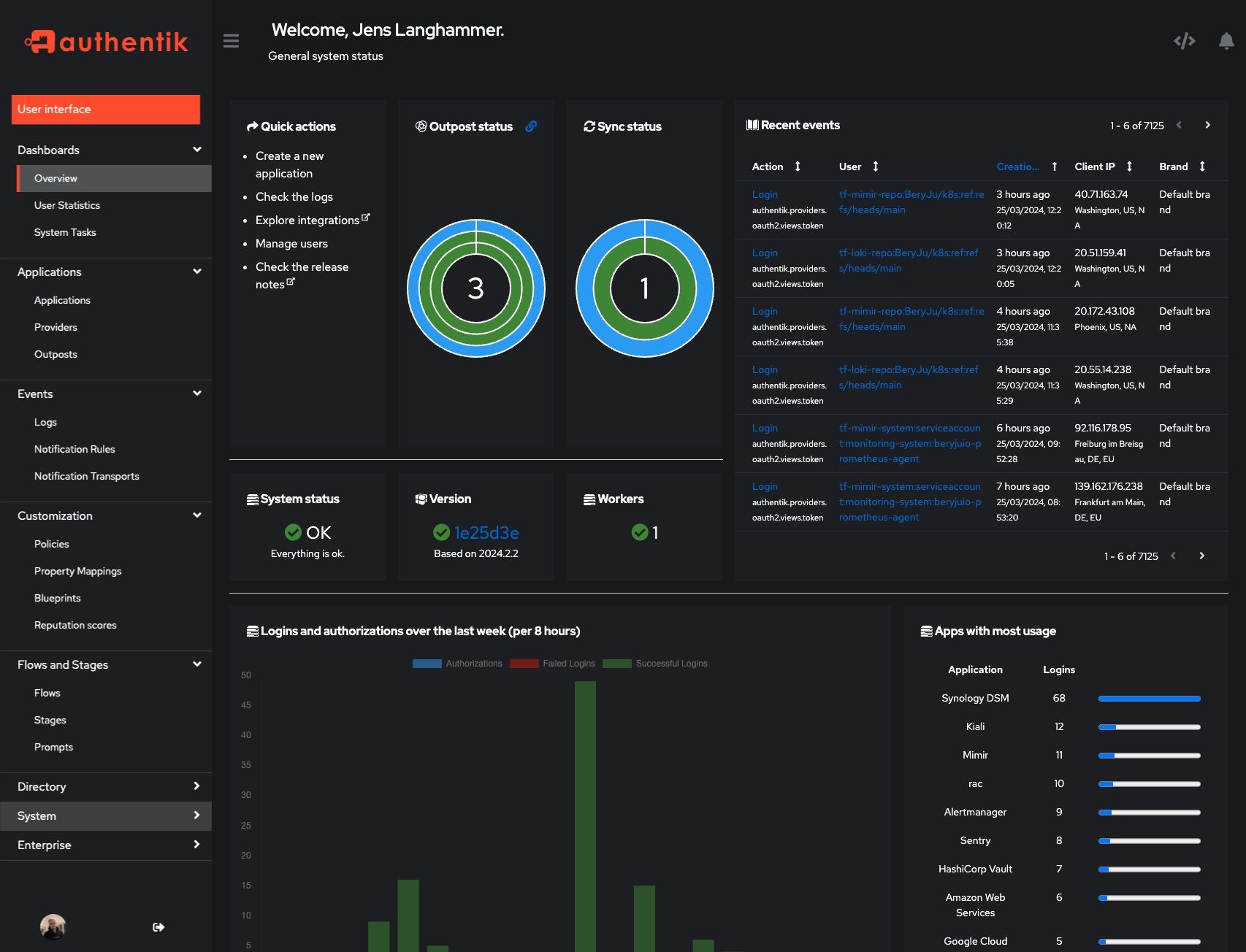0e4b153e7fd49ca3a5c64ec877e2d9ff9f3d2e6d
web/flows: resize captcha iframes (#12260) * web: Add InvalidationFlow to Radius Provider dialogues ## What - Bugfix: adds the InvalidationFlow to the Radius Provider dialogues - Repairs: `{"invalidation_flow":["This field is required."]}` message, which was *not* propagated to the Notification. - Nitpick: Pretties `?foo=${true}` expressions: `s/\?([^=]+)=\$\{true\}/\1/` ## Note Yes, I know I'm going to have to do more magic when we harmonize the forms, and no, I didn't add the Property Mappings to the wizard, and yes, I know I'm going to have pain with the *new* version of the wizard. But this is a serious bug; you can't make Radius servers with *either* of the current dialogues at the moment. * web: streamline CaptchaStage # What This commit: 1. Replaces the mass of `if () { if() { if() } }` with two state tables: - One for `render()` - One for `renderBody()` 2. Breaks each Captcha out into "interactive" and "executive" versions 3. Creates a handler table for each Captcha type 4. Replaces the `.forEach` expression with a `for` loop. 5. Move `updated` to the end of the class. 6. Make captchDocument and captchaFrame constructed-on-demand with a cache. 7. Remove a lot of `@state` handlers 8. Give IframeMessageEvent its own type. 9. Removed `this.scriptElement` 10. Replaced `window.removeEventListener` with an `AbortController()` # Why 1. **Replacing `if` trees with a state table.** The logic of the original was really hard to follow. With the state table, we can clearly see now that for the `render()` function, we care about the Boolean flags `[embedded, challenged, interactive]` and have appropriate effects for each. With `renderBody()`, we can see that we care about the Boolean flags `[hasError, challenged]`, and can see the appropriate effects for each one. 2. (and 3.) **Breaking each Captcha clause into separate handlers.** Again, the logic was convoluted, when what we really care about is "Does this captcha have a corresponding handler attached to `window`, and, if so, should we run the interactive or executive version of it?" By putting all of that into a table of `[name, challenge, execute]`, we can clearly see what's being handled when. 4. **Replacing `foreach()` with `for()`**: [You cannot use a `forEach()` with async expressions](https://developer.mozilla.org/en-US/docs/Web/JavaScript/Reference/Global_Objects/Array/forEach#:~:text=does%20not%20wait%20for%20promises). If you need asynchronous behavior in an ordered loop, `for()` is the safest way to handle it; if you need asynchronous behavior from multiple promises, `Promise.allSettled(handlers.map())` is the way to go. I tried to tell if this function *meant* to run every handler it found simultaneously, or if it meant to test them in order; I went with the second option, breaking and exiting the loop once a handler had run successfully. 5. **Reordered the code a bit**. We're trying to evolve a pattern in our source code: styles, properties, states, internal variables, constructor, getters & setters that are not `@property()` or `@state()`, DOM-related lifecycle handlers, event handlers, pre-render lifecycle handlers, renderers, and post-render lifecycle handlers. Helper methods (including subrenderers) go above the method(s) they help. 6. **Constructing Elements on demand with a cache**. It is not guaranteed that we will actually need either of those. Constructing them on demand with a cache is both performant and cleaner. Likewise, I removed these from the Lit object's `state()` table, since they're constructed once and never change over the lifetime of an instance of `ak-stage-captcha`. 9. **Remove `this.scriptElement`**: It was never referenced outside the one function where it was used. 10. **Remove `removeEventListener()`**: `AbortController()` is a bit more verbose for small event handler collections, but it's considered much more reliable and much cleaner. * Didn't save the extracted ListenerController. Co-authored-by: Ken Sternberg <133134217+kensternberg-authentik@users.noreply.github.com>
What is authentik?
authentik is an open-source Identity Provider that emphasizes flexibility and versatility, with support for a wide set of protocols.
Our enterprise offer can also be used as a self-hosted replacement for large-scale deployments of Okta/Auth0, Entra ID, Ping Identity, or other legacy IdPs for employees and B2B2C use.
Installation
For small/test setups it is recommended to use Docker Compose; refer to the documentation.
For bigger setups, there is a Helm Chart here. This is documented here.
Screenshots
| Light | Dark |
|---|---|
 |
 |
 |
 |
Development
Security
See SECURITY.md
Adoption and Contributions
Your organization uses authentik? We'd love to add your logo to the readme and our website! Email us @ hello@goauthentik.io or open a GitHub Issue/PR! For more information on how to contribute to authentik, please refer to our CONTRIBUTING.md file.
Description
The authentication glue you need.
authenticationauthentikauthorizationkubernetesoauth2oauth2-clientoauth2-serveroidcoidc-clientoidc-providerproxyreverse-proxysamlsaml-idpsaml-spsecuritysso
Readme
MIT
664 MiB
Languages
Python
51.7%
TypeScript
36.4%
MDX
5.1%
Go
3.7%
JavaScript
1.6%
Other
1.4%







